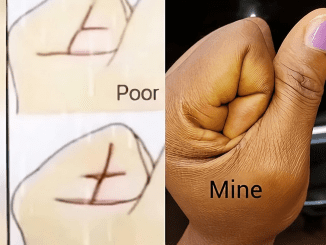As we dive into the eerie season of Halloween, a chilling archaeological discovery has resurfaced, adding a dose of historical horror to the mix. The unsettling find in a medieval Polish graveyard tells the story of a woman considered to be a “real-life vampire.” Nicknamed “Zosia” by researchers, this elite young woman was buried with a sickle across her neck and a padlock around her toe, revealing ancient fears of the supernatural. Archaeologists believe these sinister burial methods were designed to prevent her from rising from the dead.
Zosia: The ‘Vampire’ Found in a Medieval Graveyard
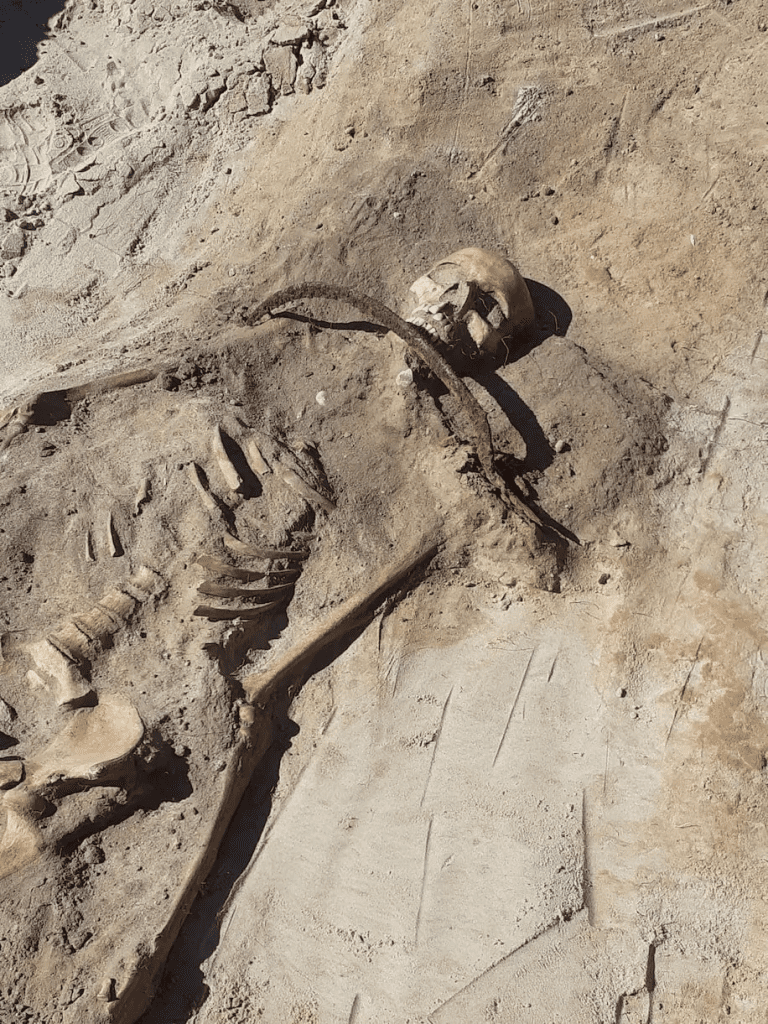
The remains of Zosia, an 18-year-old woman from around 350 years ago, were uncovered two years ago at a medieval burial site in Pień, Poland. The discovery was unlike any other, as her grave revealed disturbing measures taken to restrain her even in death. Archaeologists found a large sickle positioned over her neck, designed to decapitate her should she attempt to rise from the grave. A hefty padlock was also fastened to one of her toes, symbolizing a desperate attempt to keep her “locked” in her grave.
According to Professor Dariusz Polinski, who led the study alongside Magda Zagrodzka, the unique features of Zosia’s burial signify that she was perceived as a threat to the living, possibly due to the belief that she was a vampire. Out of roughly 100 skeletons discovered at the site, only Zosia’s remains were subject to such drastic measures, hinting at the profound fear surrounding her presence.
High Status, Yet Feared as a Vampire
Despite being accused of vampirism, Zosia was not an ordinary villager. Archaeologists discovered that she was buried with a silk cap, a mark of high social status at the time. However, her wealth and rank did not protect her from accusations of supernatural evil. Researchers suggest that her unusual burial hints at a deeper story of exclusion and fear. In medieval Europe, being different was often enough to label someone as dangerous or even supernatural.
Zosia’s physical attributes may have played a role in her tragic fate. Reconstructed images created by Swedish facial recognition expert Oscar Nilsson revealed that she likely had fair skin, blue eyes, and a single protruding incisor tooth, which could have fueled suspicions of vampirism. In a time of superstition and paranoia, any unusual physical traits could be viewed as evidence of dark powers or evil intentions.
Medieval Vampire Fears in Eastern Europe
The discovery of Zosia’s remains is a testament to the deep-rooted fear of vampires in Eastern European folklore, which dates back to the 11th century. At that time, myths circulated that certain people could rise from the dead as bloodthirsty monsters. By the 17th century, Poland and surrounding regions experienced a wave of alleged “vampire outbreaks,” leading to bizarre and gruesome burial practices aimed at keeping the undead at bay.
Polish burial sites from this period often show signs of extreme measures taken to prevent the dead from returning to life. Common methods included decapitation, placing stones in the mouths of corpses, burying bodies face-down, and weighing them down with heavy stones. Zosia’s grave is among the most striking of these discoveries, as the sickle over her neck represents a particularly violent form of restraint.
Zosia’s Mysterious Life and Death
New insights into Zosia’s physical condition have also emerged. Bone scans conducted by Dr. Heather Edgar at the University of New Mexico revealed an abnormality in Zosia’s breastbone, suggesting a physical deformity that may have caused her significant pain during her lifetime. This deformity could have marked her as different, further fueling suspicions and superstitions in a community already prone to fear and exclusion.
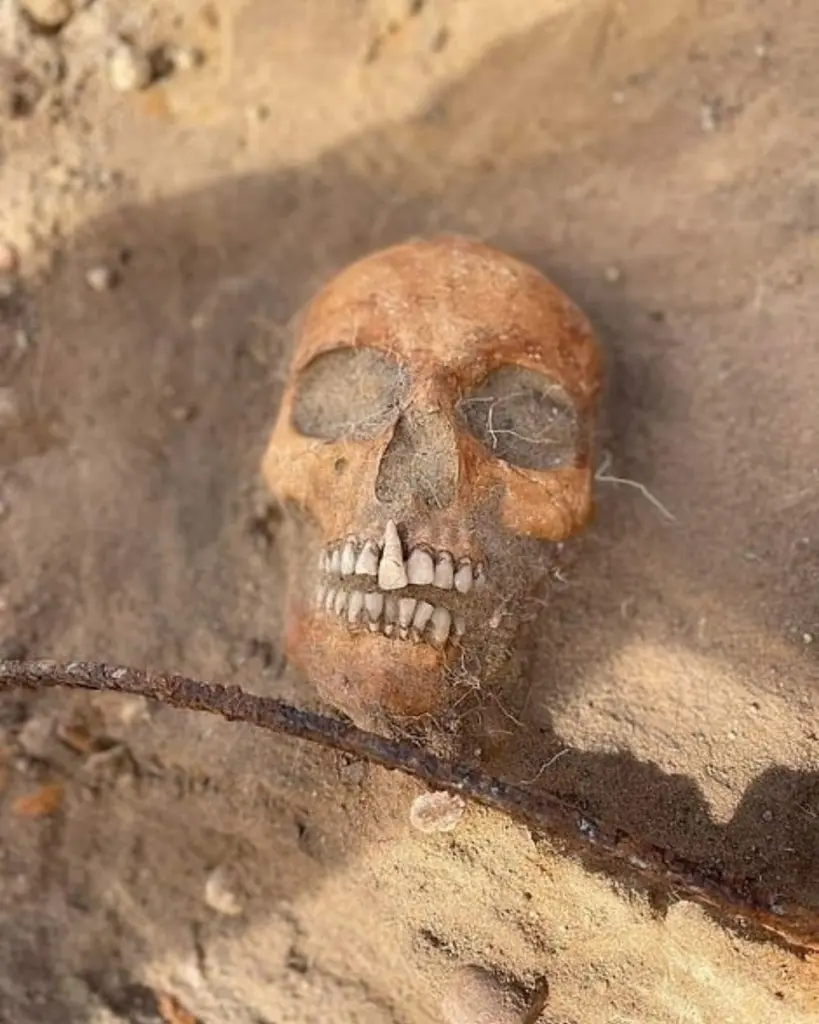
Given the historical context, researchers believe that Zosia might have been an outsider. Her presence in Pień could have been linked to the Swedish-Polish Wars, which were ongoing during her lifetime. This detail, along with her high social status, suggests she could have been Swedish and thus viewed as an “unwanted outsider” by locals.
The Field of Vampires: An Ominous Cemetery
The burial ground where Zosia was found is colloquially known as the “Field of Vampires,” a name earned due to the eerie burial methods discovered there. Out of approximately 100 graves, 30 showed signs of efforts to restrain the dead. In addition to Zosia’s grave, other haunting discoveries include:
- A partially exhumed child
- A woman with advanced syphilis
- A pregnant woman buried under suspicious circumstances
- A man found with a child’s corpse at his feet
Many bodies were positioned face-down, suggesting that villagers believed this would force the dead to bite into the ground rather than rise. Others had coins placed in their mouths, a practice thought to either appease spirits or prevent the return of the dead.
Professor Polinski noted that this cemetery was specifically designated for people excluded from society, making it a unique site for understanding the darker side of medieval culture. The absence of headstones or written records further adds to the mystery, suggesting these individuals were deliberately erased from historical memory.
The Modern Revival of Zosia’s Story
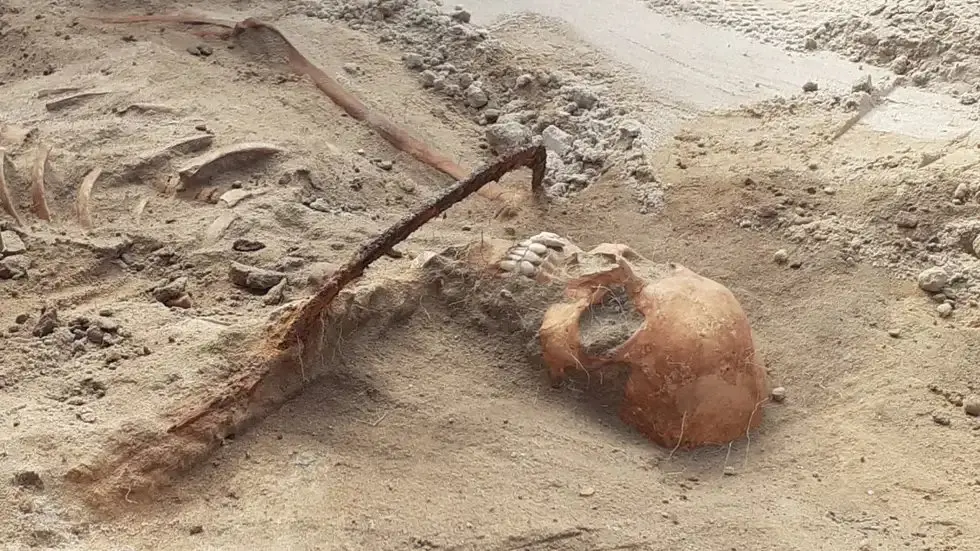
Zosia’s haunting story has captured global attention, inspiring a new two-part documentary called Field of Vampires. Set to air on Sky History on October 29 and November 5, the documentary will delve into the research findings, the myths surrounding vampire burials, and the eerie details of Zosia’s death. As Professor Polinski and Magda Zagrodzka continue their research, they plan to conduct nighttime excavations using fluorescent lighting, hoping to uncover more skeletons and artifacts that might shed light on this mysterious field.
The ongoing investigations reveal that ancient fears of the undead were not limited to folklore—they were real concerns that shaped burial practices, societal structures, and even historical memory.
Why Zosia’s Discovery Matters Today
The discovery of Zosia’s remains not only offers a fascinating glimpse into medieval fears and superstitions but also serves as a stark reminder of how fear of the “other” has historically led to exclusion, persecution, and violence. The intense measures taken to prevent Zosia from rising from her grave speak volumes about how societies react to perceived threats, real or imagined.
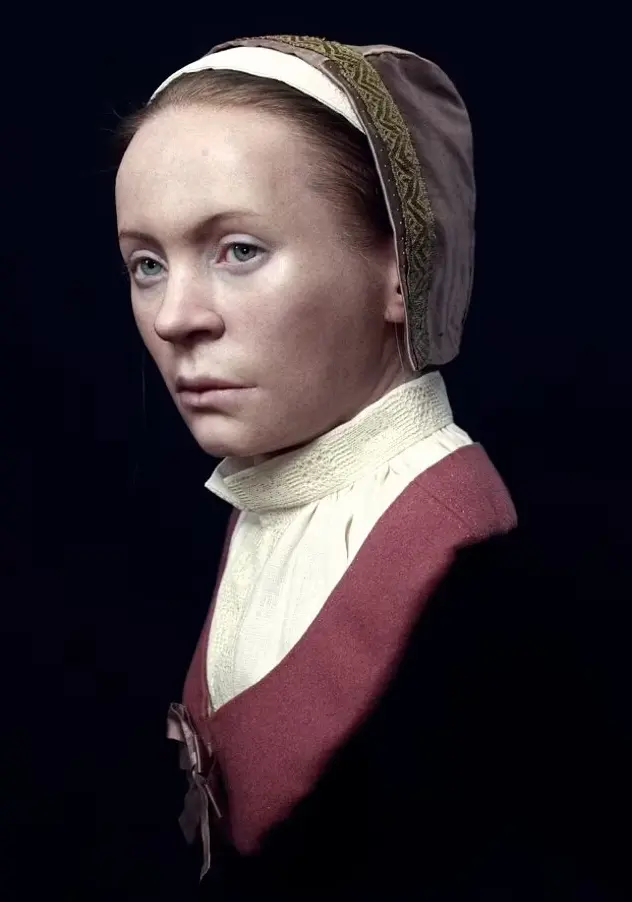
Zosia’s story, while steeped in the supernatural, ultimately highlights the human tendency to ostracize those who are different. Whether through superstition, ignorance, or fear, society has often targeted individuals who don’t conform to established norms.
Conclusion: The Real-Life ‘Vampire’ Buried in Fear
The tale of Zosia, the so-called “real-life vampire,” is more than just a spooky Halloween story—it’s a window into the darker side of human history. The medieval cemetery where she was buried reveals a society gripped by fear, willing to go to extreme lengths to protect itself from perceived evil. Zosia’s story is a compelling mix of folklore, history, and archaeology that serves as a reminder of the destructive power of superstition.
As researchers continue to explore the “Field of Vampires,” the haunting tale of Zosia will likely reveal even more about the fears, beliefs, and societal dynamics of medieval Eastern Europe. For now, she stands as a chilling symbol of how legends can shape reality, even from beyond the grave.

